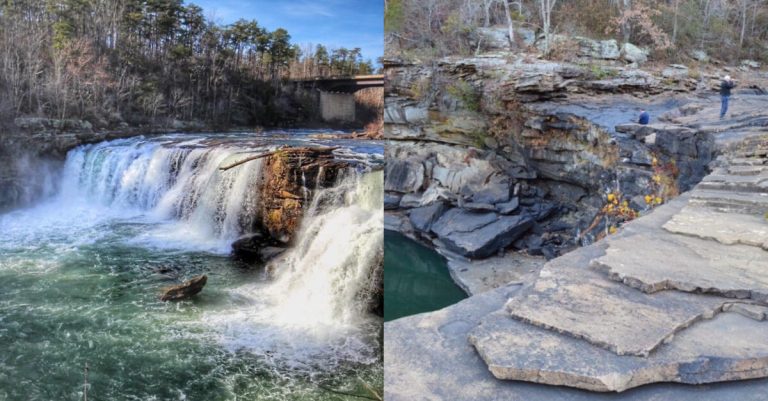Reviewed by: Cindy Hatcher
Did you know this rare Alabama forest is found nowhere else on earth?
Reading time: 2 minutes
Sponsored

In 1999, one of the largest army bases in the nation, Fort McClellan, was shuttered.
Undeterred, the local community in and around Anniston and Calhoun County quickly began redeveloping the historic military installation, bringing in new businesses and industries.
But, it wasn’t only businesses they saved. The community also saved a forest.
Through an act of Congress in 2004, they turned an old bombing range at Fort McClellan into a wildlife refuge. How did they make this 180 degree shift in mission?
For decades before its closing, the Army trained soldiers how to shoot off bombs by lobbing them into the mountains surrounding Fort McClellan.
The artillery would occasionally catch the woods on fire, preserving the fire-dependent, old-growth mountain longleaf pine forests. Basically, the fire from the bombs helped the pine trees grow.
Thanks to the bombing range, one of the largest remnants of mountain longleaf pine, a rare forest-type found primarily on our mountains here in Alabama, was preserved.
Because of the foresight of the community and the U.S. Congress, 21 years later, the Mountain Longleaf National Wildlife Refuge is now one of the most biodiverse and intact mountain longleaf forests left in Alabama.
Now that I’ve grabbed your attention with bombs and fire, let’s learn how this uniquely Alabama forest was created, why it matters today and what is being done to protect it.
Check out our first story in a series about rare places in Alabama at: Did you know this rare Alabama forest is found nowhere else on earth?
Sponsored by:




